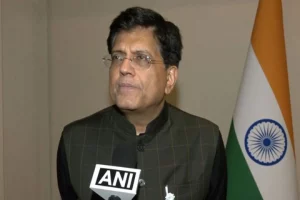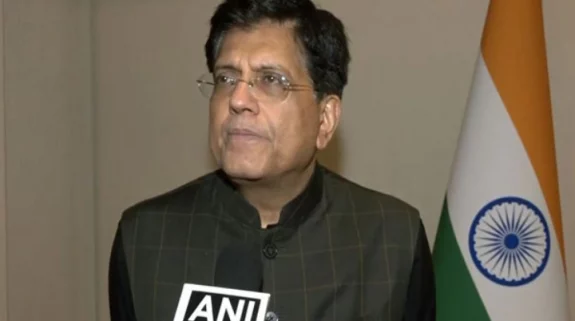Mritunjoy Kumar Jha and Atul Aneja
The induction of third Scorpene submarine, INS Karanj on Tuesday has bolstered the Navy’s conventional deterrence and beefed-up India’s coastal defences.
This is the third of the Kalvari class submarine based on the French Scorpene boat, which has been added to the Navy’s stable. Three other six Kalvari class submarines—the result of a joint venture between the Mazagon Docks Limited (MDL) and DCNS of France are in the pipeline.
These platforms are part of the modernisation of the submarine arm of the Navy which had been significantly dependent on the older Russian Kilo class boats so far.
The Kalvari class submarines will majorly add to India’s conventional deterrence by patrolling actively in both the Bay of Bengal and the Arabian sea.
These submarines’ capacity to attack surface ships and underwater targets is secured by its six torpedo launching tubes, 18 heavy weapons, Exocet anti-ship missiles and precision-guided weapons. The low noise fast attack submarine can remain submerged for 21 days in wait for its targets. It will also play a major role in surveilling targets, intelligence gathering and laying underwater mines.
But the real potential of the Kalvari class submarines will be fully exploited once they are retrofitted with Air Independent Propulsion (AIP), which will allow them to stay beneath the surface for a much longer time. The last two of the boats of this class are likely to be equipped with AIP, and the other four will be subsequently retrofitted with the technology.
AIP technology allows a non-nuclear submarine to operate without access to atmospheric oxygen, greatly enhancing their underwater endurance.
Last year a top German security panel headed by Chancellor Angela Merkel has turned down Pakistan’s request for supply of air independent propulsion (AIP) systems for its submarines that would have allowed them to stay underwater for weeks, Hindustan Times had earlier reported. By making the request, Pakistan had hoped to upgrade submarines in its inventory as well as the Yuan class boats, which are being manufactured under joint China-Pakistan project in China.
An Indian official said Germany’s refusal to help Prime Minister Imran Khan’s government with this technology would “adversely impact its lethality and vulnerability”.
India’s Defence Research and Development Organisation (DRDO) is indigenously developing the system. A land-based prototype has already been successfully tested.
Once equipped with the AIP, the Kalvari class submarines will expand their conventional role in the larger Indo-Pacific region, where the French have also committed to play a larger role.
Going forward, the navy has planned for the induction of nuclear-powered submarine carrying conventional weapons as well as nuclear powered boats armed with atomic weapons. India’s already commissioned nuclear powered INS Arihant is equipped to carry K4 nuclear missiles. With a range of 3,500 kilometres, they are part of providing an effective nuclear deterrent against both China and Pakistan. India’s 5,000-kilometre K5 is an advanced stage of development, further beefing up India’s nuclear deterrent.
While INS Kalvari was commissioned in December 2017, INS Khanderi, the second in the series was inducted two years later. INS Vela, was launched in May 2019 and is undergoing sea trials. INS Vagir was launched in November 2020 and is also undergoing sea trials. The sixth submarine INS Vagsheer is at the stage of outfitting according to MDL officials.




















